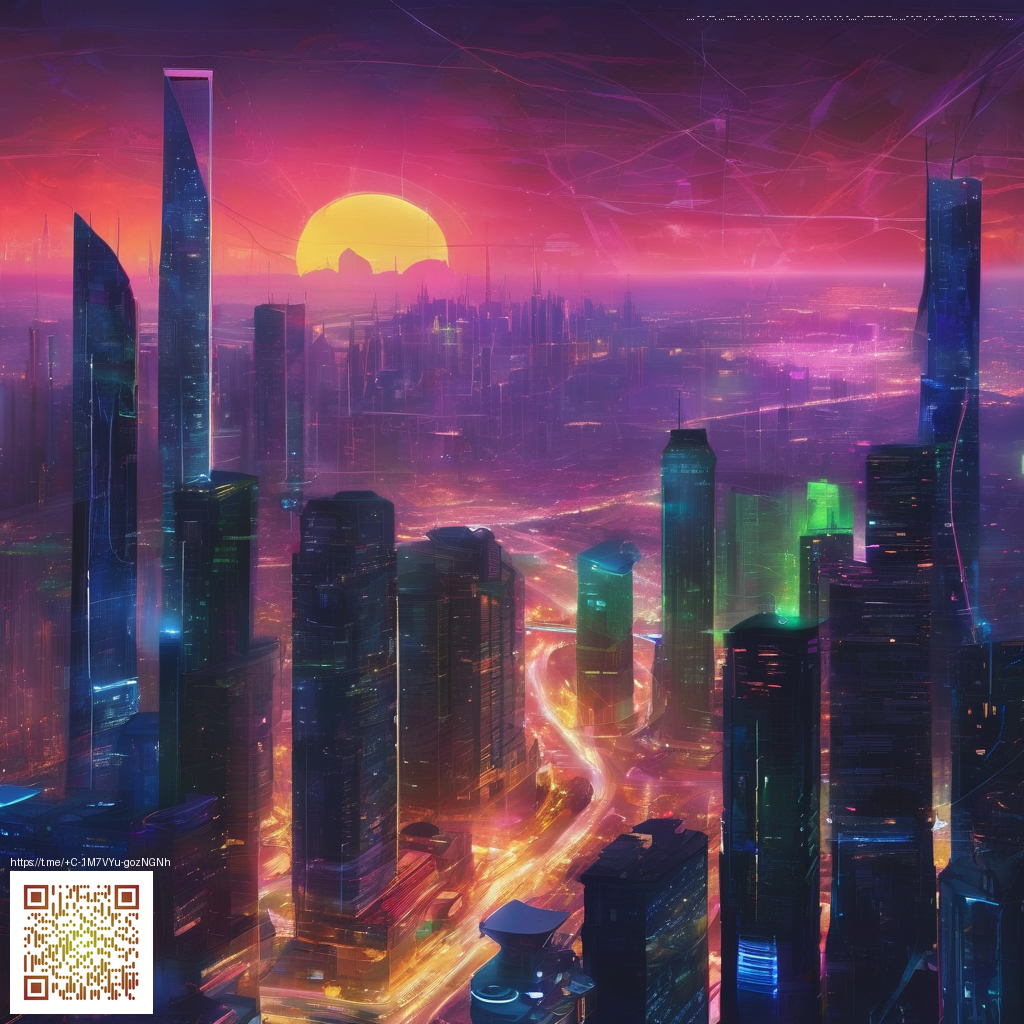
Turning Paper Into Pixel: Mastering Layered Effects in a Digital Scrapbook
Digital scrapbooking thrives on the tactile magic of paper—the way edges curl, how shadows fall between layers, and how a single color can transform the mood of a page. The trick is to recreate that depth without physical textures, using thoughtful layering, smart shading, and crisp edge treatments. In this guide, we’ll walk through practical steps to build believable paper layers that read as organic, even in a fully digital space.
Start with a Solid Base: Structure Over Style
Begin with a clean, neutral background that won’t compete with your focal images. Think of the base as a stage curtain: it should set the tone but never steal the show. As you bring in paper elements, group them into distinct planes—foreground, midground, and background. A simple rule of thumb: every added layer should have a purpose, whether it’s guiding the eye toward a photo or framing a story with a decorative edge.
Edge Treatment: The Subtle Luxury of Torn and Scalloped Edges
Edge work sells the realism of paper. Use a torn-edge mask on one layer, a delicate scallop on another, and a straight cut on the rest. Even the slightest variation—tiny nicks, uneven tears, or a vintage deckle—adds personality. A light, localized shadow under each edge is crucial; it communicates that the layer sits above the one beneath it, enhancing depth without overwhelming the composition.
“Great layering is less about piling objects and more about guiding the viewer’s eye through a story.”
Shade, Shadow, and Light: Building believable Depth
Digital light behaves differently from physical light, but the same principles apply. Apply soft, directionally consistent shadows to the underside of raised elements. A subtle drop shadow on a paper strip can elevate it from a flat graphic to a tactile strip of memory. For a more authentic feel, vary the opacity and blur radius across layers; darker shadows anchor heavy pieces, while lighter, blurrier shadows float softer embellishments into the scene.
Texture as Texture: Simulated Grain and Matte Varnish
Texture is the unsung hero of digital scrapbooks. A gentle paper grain, a faint fabric weave, or a printed speckle can convert a flat shape into something tactile. Use texture overlays with careful blending (for example, multiply or overlay) and mask them so they interact naturally with the edges of your layers. Keep texture density modest to avoid making the page look noisy, unless you’re intentionally recreating a collage vibe.
- Layer order: define foreground, midground, and background early, then build outward.
- Edge overlays: combine torn, scalloped, and straight edges for variety.
- Shadow stacking: small tweaks per layer yield a more convincing stack.
- Texture balance: use subtle grain rather than heavy patterns on large areas.
As you experiment, you may find analog inspiration in physical products that embody glossy, refined finishes. For instance, a glossy, ultra-thin accessory reference—like a Slim Lexan Phone Case for iPhone 16—can serve as a mental model for how a crisp, reflective surface interacts with layered material. This kind of cross-domain thinking helps you translate real-world tactility into digital cues. For deeper exploration, you can visit design resources such as that reference hub to see how others structure layered compositions.
Practical Workflow: From Concept to Layered Page
1) Start with a strong composition sketch or rough digital mockup. 2) Build your background with flat color or a soft textured wash. 3) Introduce paper strips and decorative elements one by one, locking each into place with masks and clipping paths. 4) Add shadows and highlights in a non-destructive way—adjustable smart layers let you revert when you want to try a different arrangement. 5) Fine-tune color harmony so the layers feel cohesive rather than competing textures.
To keep things approachable, think of each element as a separate “sheet” you would physically place on a page. The goal is balance: avoid crowding, maintain readable typography, and ensure photos remain the hero of the story while the paper layers support and enhance the narrative.
Bringing It Together: A Finished Page that Feels Hand-Crafted
When you step back, you should sense a tactile layering that invites closer inspection without being visually overwhelming. The interplay of light and shadow, the textural affordances of torn edges, and the purposeful use of color’ll cue the viewer to read the memories you’ve assembled. A well-crafted digital scrapbook page is less about perfect replication of physical paper and more about capturing the spirit of craft—bold ideas, careful edits, and an honest respect for texture.